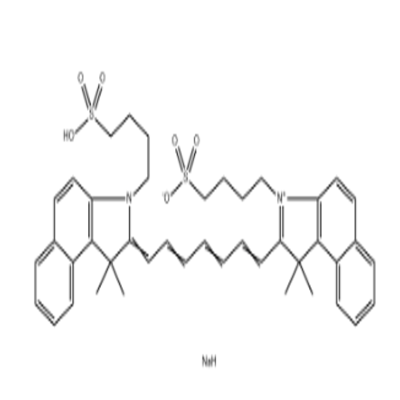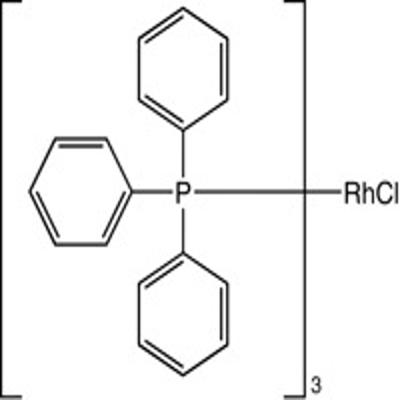SCI Rep: biologists use new technology to make living sperm glow
-
Last Update: 2020-02-18
-
Source: Internet
-
Author: User
Search more information of high quality chemicals, good prices and reliable suppliers, visit
www.echemi.com
How do female insects maintain sperm activity for several months after mating? This is a central concern for sperm biologists led by Professor Klaus Reinhardt, chairman of the Department of Applied Zoology Now scientists have published their first promising results in the journal scientific reports Dr Cornelia wetzker borrowed an innovative tagless technology from cancer research to study the metabolism of living tissues This involves measuring the decay of intrinsic fluorescence of metabolic coenzyme NADH - about a few nanoseconds, requiring a specialized microscope This measurement, also known as fluorescence lifetime, is a cell-specific feature that can help characterize specific metabolic pathways in tissue The fluorescence lifetime of NADH in cancer cells is shorter and easier to glycolysis, so it can be distinguished from healthy cells Image source: scientific reports In this way, Dr Cornelia wetzker has now successfully tested the metabolism of intact tissues in vitro She analyzed sperm metabolism in male and female storage organs and other insect tissues The researchers studied sperm in still intact, closed organs that were stored before and after mating between males and females As a result, the team found that sperm have a high glycolytic metabolism similar to that of cancer cells Other cells, such as intestinal cells, glandular cells and adipocytes, are in a stronger oxidative state Using this method, biologists have found the first clue Their first question is how sperm keep alive in female insects They found that the fluorescence lifetime of another self fluorescent metabolic coenzyme called fad was different in the sperm of men and women In the clinical application of this technology, fluorescence lifetime imaging microscope (FLIM) has been proved to be very promising "Fluorescence lifetime profiling can even be automated with the help of neural networks," said Dr Cornelia wetzker Professor Klaus Reinhardt added: "since this method is not dangerous, there is no reason not to use it on living people or animals "
This article is an English version of an article which is originally in the Chinese language on echemi.com and is provided for information purposes only.
This website makes no representation or warranty of any kind, either expressed or implied, as to the accuracy, completeness ownership or reliability of
the article or any translations thereof. If you have any concerns or complaints relating to the article, please send an email, providing a detailed
description of the concern or complaint, to
service@echemi.com. A staff member will contact you within 5 working days. Once verified, infringing content
will be removed immediately.







